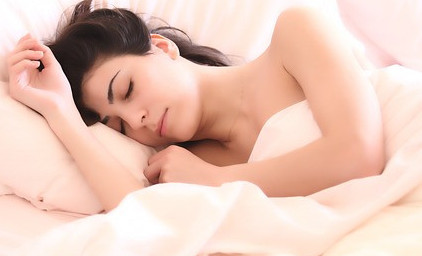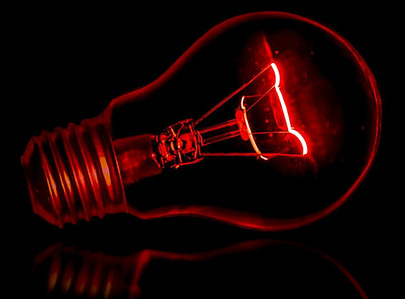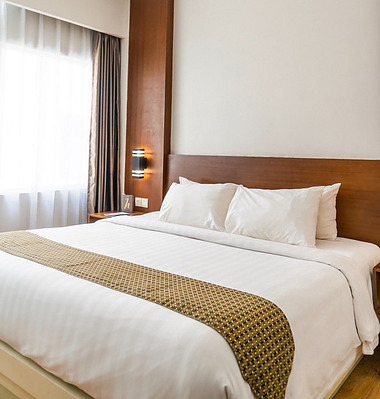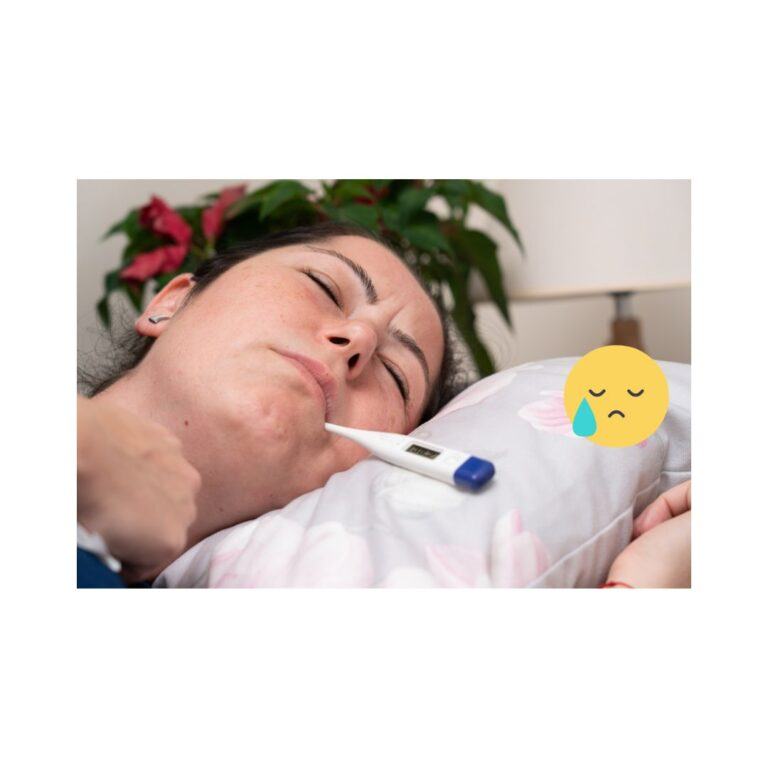Sleep Lighting – How to Rest Better in Your Bedroom
Getting proper sleep should be a focal point of personal wellness. Sleep is the body’s way of restoring lost during the day. Sleep lighting research has revealed some important factors on just how light can affect our sleep patterns.
First What is Proper Sleep Hygiene and How Do I Achieve It?

Sleep hygiene is actually a description of sleep behaviors that assist the body in getting proper restful sleep. What you do prior to going to bed, what happens during sleep, and what you do upon awakening are all a part of your sleep hygiene. Many people have never given thought to this topic, but it is a vital part of your personal mental health.
In what position do you sleep? Research suggests that most people are side sleepers. However, depending on your health and other ailments you may suffer, other sleep positions may be more beneficial. Let’s look at the pros and cons of each sleeping position.
- Sleeping on your side. Side sleepers carry the benefit of being able to achieve better body, neck and spine alignment. Side sleeping is also better for ailments like sleep apnea or heartburn. People with sleep apnea and those who snore can gain some benefit, as well as those who suffer nasal congestion at night. Sleeping on the side does put pressure on one side of the body and can aggravate leg and hip pain. To combat this try sleeping with a pillow between your knees. The pillow limits hip rotation and can lessen pain while you sleep.
- Sleeping on your back is great for those who suffer back issues. Using a small pillow underneath the small of your back increases support for your back. Get a proper pillow for neck support, or you can roll up towels to support the neck. Back sleeping is also good for shoulder and hip pain. Certain sleepers, such as pregnant women, heavier people, and people who suffer from snoring or heartburn, may find back sleeping uncomfortable.
- Sleeping on your stomach. Most people don’t do this for good reason. A minority of people do find it more comforting when they do. Blood restriction, neck issues and bodily stiffness and soreness are some reasons to avoid this form of sleeping if possible.
What you do before sleep matters as well. Caffeine-containing substances such as coffee and soft drinks can affect your sleep rhythms. Televisions, cell phones, and other electronic devices can also affect sleep. Practicing following the same routine prior to bedtime can result in great sleep.
Upon awakening, light is a necessary signal to the body that can provide alertness throughout the day. Sunlight, of course, is the best alertness tool, but lots of people buy artificial lamps and other illumination devices when first arising. Some research indicates that certain sleep-related hormones are triggered by the presence and absence of light.
How Different Types of Light Affect Our Sleep

When I researched this subject, I realized how much critical information exists. Specific wavelengths of light are more conducive to good sleep than others. This may be very important, particularly when choosing bedroom lighting, nighttime reading lamps, or even night lights in the bedroom and bath.
One of the most exciting facts concerns the choice of bedroom overhead lighting and lamps on bedroom nightstands. A lot of research recommends avoiding blue-wavelength lighting before and during sleep. Popular LED lighting contains more blue light than traditional lighting. I suggest protecting your sleep by using traditional lighting in the bedroom.
Red and pink light spectra are better for your sleep. The use of these light spectra in light therapy for insomniacs is well documented. The idea is that light in these spectra tends to trigger responses in bodily sleep hormones that help you to get better sleep.
What are Sleep Hormones, and How Do I Trigger Mine to Get Better Sleep?
Some hormones involved in the sleep process include commonly known ones such as melatonin, serotonin, cortisol, testosterone, estrogen, and others produced by the thyroid and adrenal glands. Human circadian rhythms are often driven by light and the body’s production of these hormones in varying amounts to regulate sleep processes.
Melatonin is the most sensitive of all these hormones to the light we are exposed to. For this reason, you should practice turning off harmful lighting within an hour of your sleep time. Darkening your room and sleeping at cooler temperatures can help with melatonin production.
Cortisol is a hormone released during stress. Its levels fall at night and are triggered in response to lighting upon awakening. It seems to play some role in our alertness when we are awake. The hormone also regulates blood sugar levels, blood pressure, and metabolism. Light is essential when you awake, triggering a slight elevation in cortisol levels and giving your body the signal to rise from sleep and begin the day.
Diet is Important, Too
Heavy meals at nighttime arouse the digestive tract and can disrupt sleep. Try to avoid eating heavier meals late in the day. A light snack before bedtime is okay. A combination of a lean protein with a carb usually works best (for example, a cracker with peanut butter).
Try to build your primary diet around complex carbs and low-glycemic foods. These foods digest slower, releasing less sugar into the bloodstream at one time. Complex carbs also tend to be more nutrient-dense, providing the building blocks for the body to produce what it needs to function.
Getting Your Bedroom Into a Sleep-Focused Place
Your bedroom should be where you think about turning it into the perfect place to promote sleep. Limit electrical devices such as televisions, cell phones, and other devices to eliminate or reduce blue light spectra that can disrupt sleep. Placing red or pink light sources may promote better sleep. Replace sources such as LED lamps with more traditional lighting in the bedroom.
Darken your room as much as possible. Sleeping in a cool environment also improves sleep. Find your perfect sleeping position and acclimate your body to the perfect posture for sleep.









I found your website really informative. It gave such a great insight on how to sleep better. You also gave great information about sleep hormones which i learned a lot about. I will definitely be trying red and pink light spectra to try and sleep better. Overall I found the topic really great and will be so helpful to a lot of people struggling to rest.
I appreciate your article very much since a member of my family does have a challenge with getting a good amount of sleep consistently. With proper sleep hygiene, I understand how there is a much higher probability in developing the behaviors that lead to proper sleep. I agree that certain wavelengths of light affect our sleep patterns. I read, ‘Liight: Medicine of the Future’, years ago and found it both fascinating and helpful. Sleep hormones, diet, and arranging the bedroom properly are also very significant as well. I will share your article with my friends and family.
All of the information in this article is very practical. I realized some time ago that I was eating before going to bed. Just the activity of choosing something to eat, preparing it even by pouring in a bowl and then eating was stimulating enough that it was hard to sleep. We have installed dimmer switches in bedroom lights so we dim the lights as we get ready for bed. Nothing bright. One more thing that I would add your your amazing information. I now lock doors and and do any checking quite a while before trying to sleep. To go through that process, thinking about what step to take next, is wakes me up. Going to sleep is a bit easier as I get older and don’t have out of home responsibilities weighing on me, but your article has been very helpful.
Jim